Crick Software blog
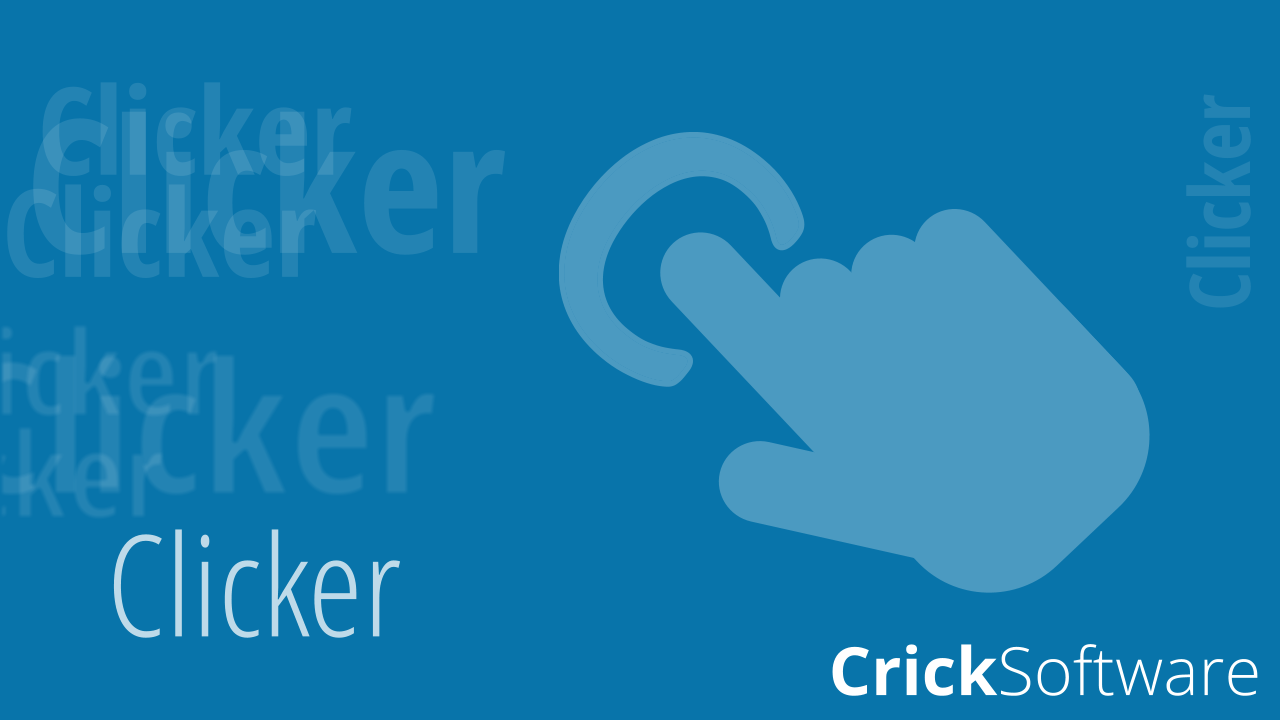
25 years ago, my classroom was filled with chalkboards, overhead projectors, and handouts. Technology was used sparingly, and classrooms had only a few computers for an entire room of children. Now, technology has transformed the classroom with interactive whiteboards, learning management systems and loads of educational programs for pupils.

This term we have a packed agenda of training webinars to support Clicker and DocsPlus subscribers. Our trainers will guide you through key product features and demonstrate a wide range of LearningGrids resources to support your learners.

Upcoming webinar: Practical SEND strategies for pre-diagnosis
Are you a primary school teacher working with children who may have special educational needs, but are still awaiting a formal diagnosis? Join us for a free webinar, Practical SEND strategies for pre-diagnosis, featuring Georgina Durrant, a renowned Special Educational Needs and Disabilities (SEND) expert.
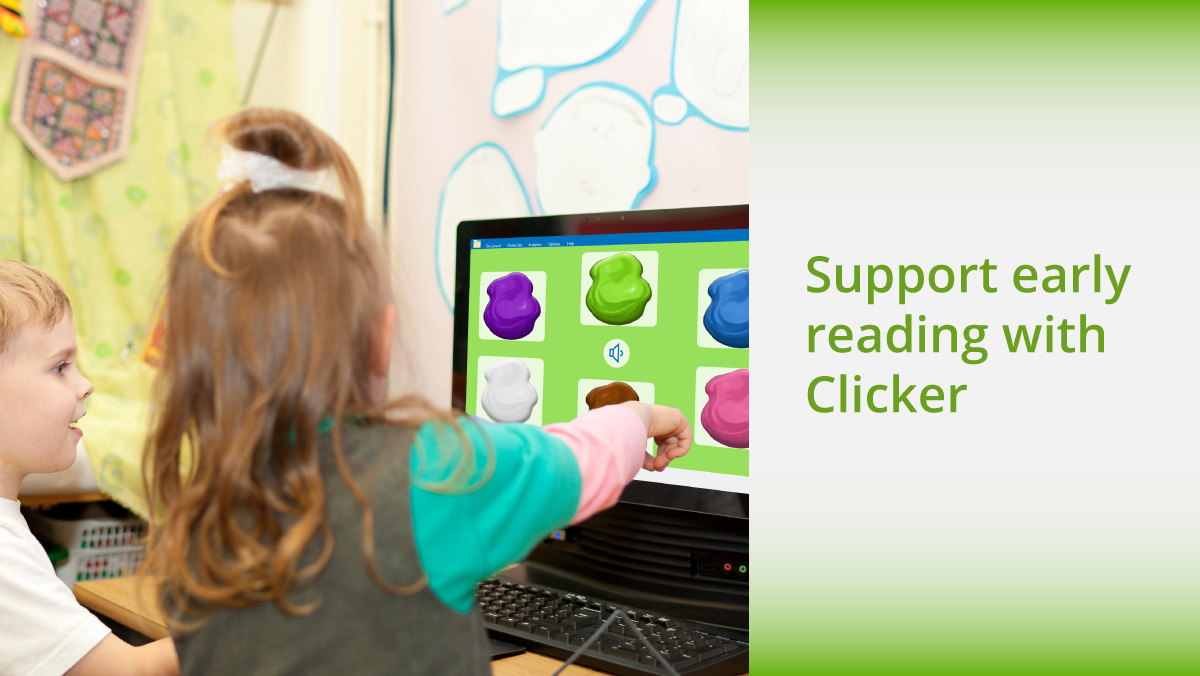
Recently, more schools have requested online training for using Clicker with younger learners, especially emergent readers. As a former EYFS and KS1 teacher, I use my experience in these sessions to showcase how many of Clicker’s key features are beneficial for these pupils.
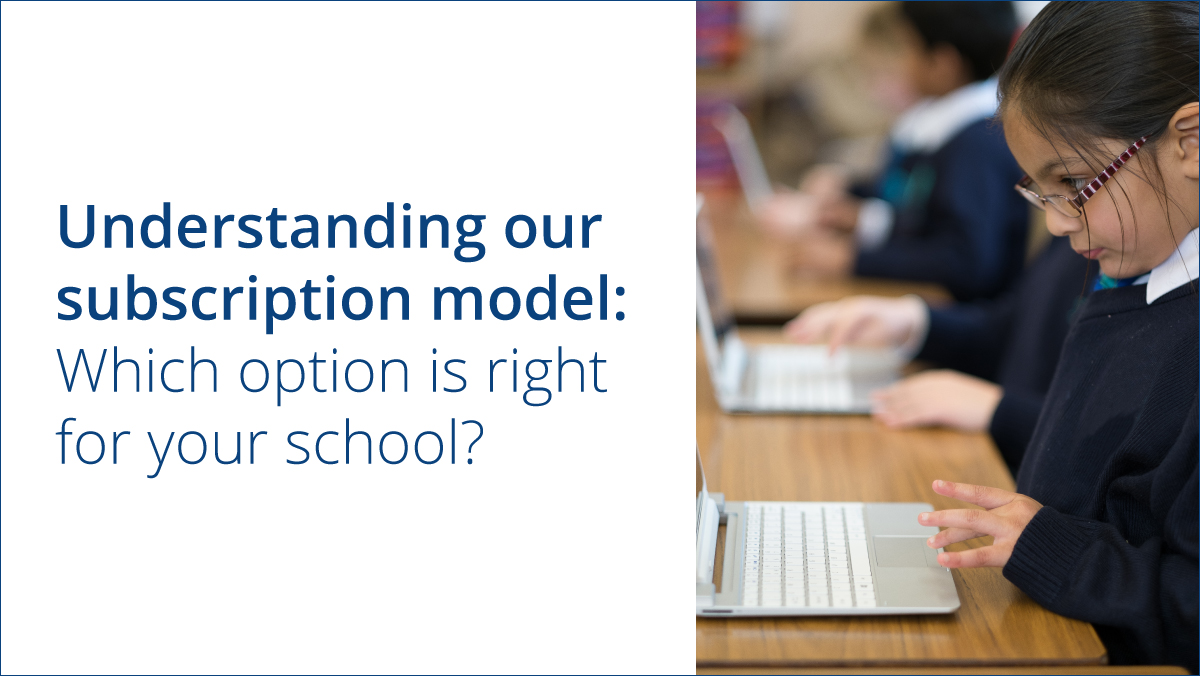
If you're considering purchasing Clicker or DocsPlus but aren't sure which subscription type is the best option for you, we're here to help! In this blog post, we'll walk you through each subscription type, explain their benefits, and help you determine which option best suits your school’s needs.

Schools use Google Classroom’s cloud-based platform for pupils and teachers to share work from anywhere – which helps with remote learning as it can be accessed in school and at home.
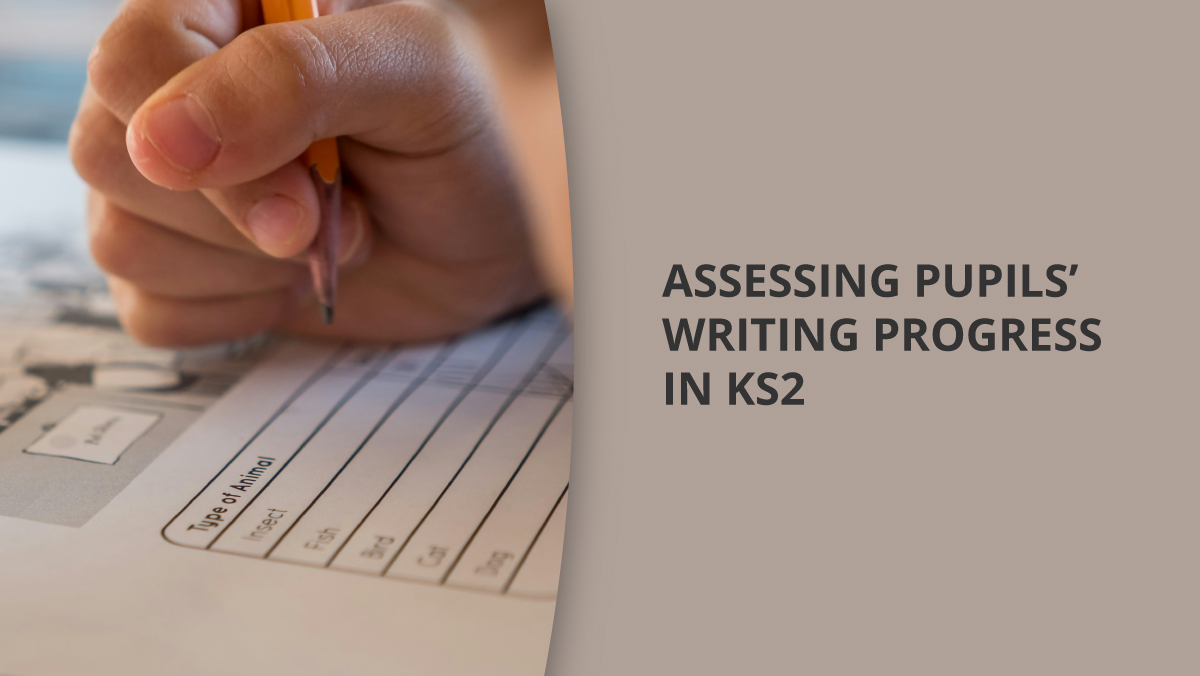
Assessing writing can be a difficult process. For many teachers, balancing the progress across different aspects of writing, like handwriting or spelling, to judge a pupil’s overall progress can sometimes feel unfairly subjective.
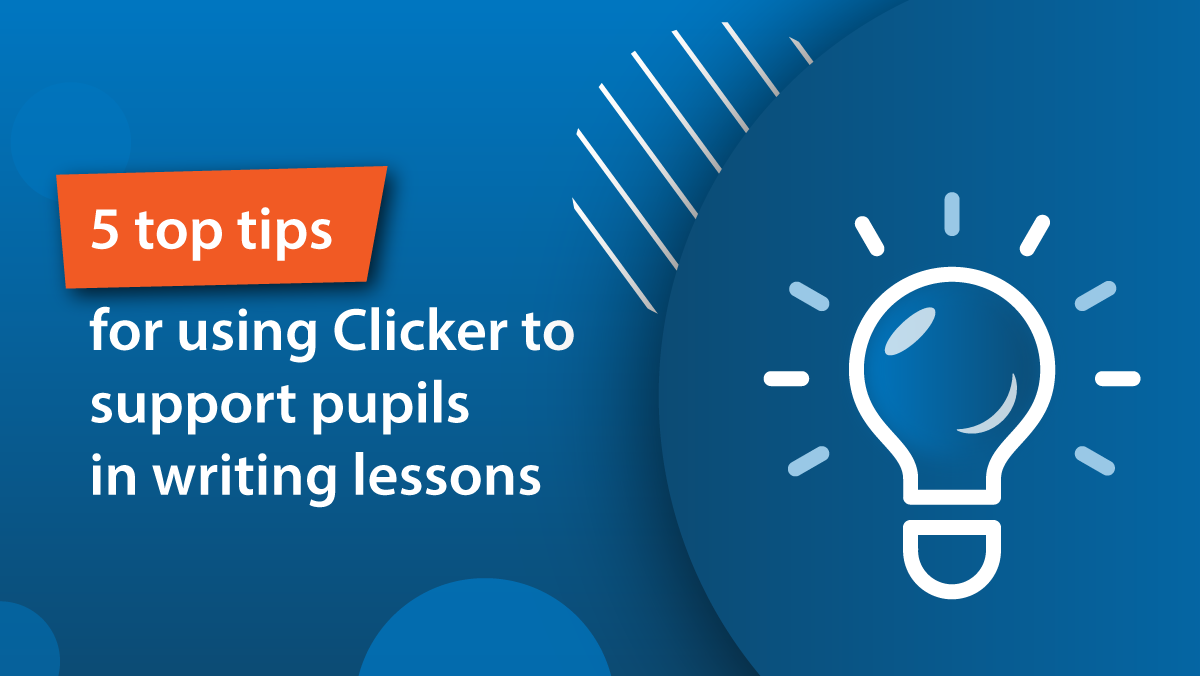
Clicker is purpose-built to offer writing support for pupils of diverse ages and abilities, including struggling writers, SEN pupils, those with dyslexia or autism, and EAL learners. For those who are new to Clicker or are looking for ways to help their struggling writers, here are five top tips for incorporating Clicker into writing lessons effectively.
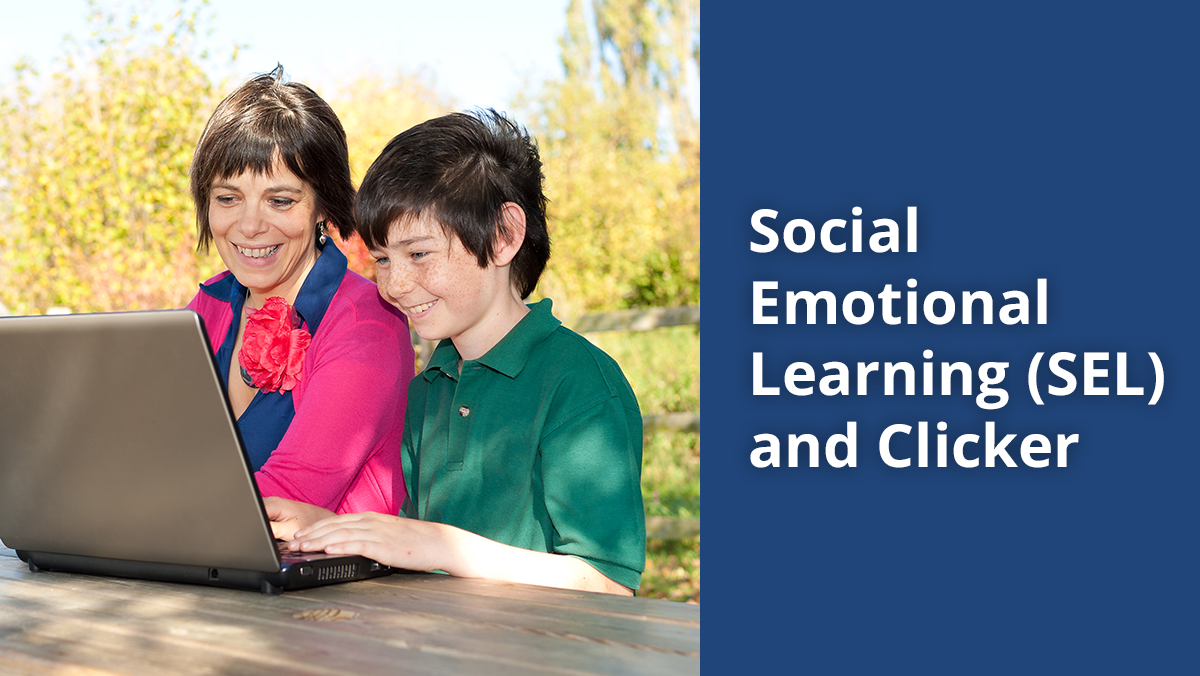
Over the last few years, we have all seen how important it is to help pupils build a strong foundation for emotional well-being and resilience. A lot of research and studies have been done to look at the benefits of social emotional learning (SEL).

Vanessa Simons has extensive experience using Clicker to support her son, Oliver, who is minimally verbal. Over the years, she has witnessed remarkable progress in Oliver's verbal communication skills, including a 60% increase in his verbal utterances since using Clicker.

After their training session, a school reached out for further support on how to guide their pupils through Clicker’s Writing Grids to encourage independent writing.
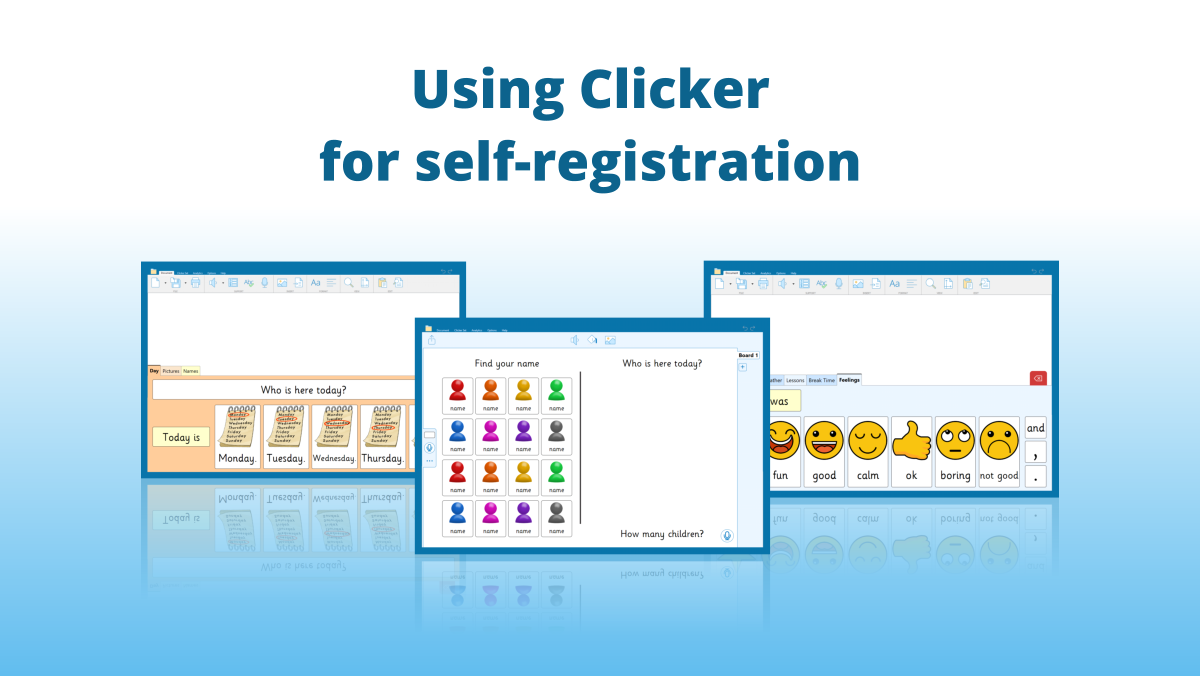
We recently published some Clicker LearningGrids resources aimed at facilitating self-registration, so here’s a spotlight and overview of how and why you might want to use these in your own settings.

Before joining Crick Software, I was a headteacher at a primary school and witnessed the fantastic impact anchor charts made when we introduced them to our teaching and learning practice. These graphic aids consistently proved themselves as valuable tools to staff as they modelled individual small steps within a lesson and empowered pupils to take ownership of their learning.

We spoke with Sophie, a Year 1 teacher who was using Clicker to support her pupils with non-fiction writing.
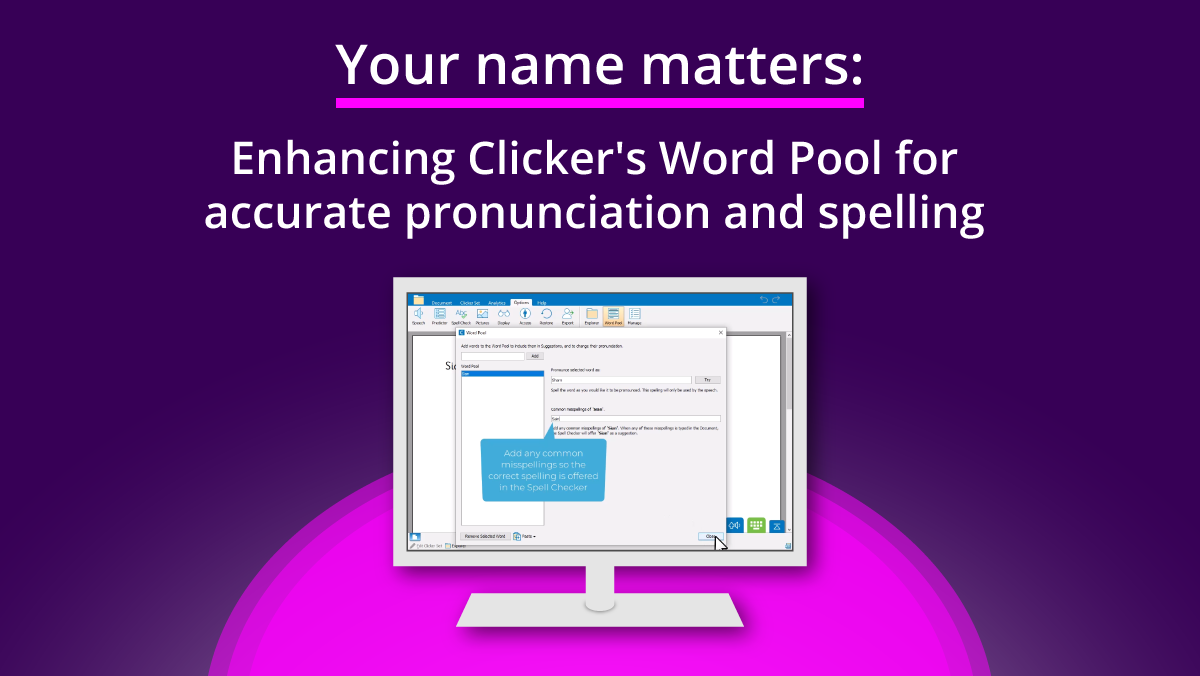
During a recent demonstration, I was showing a school how you can add words to Clicker’s Word Pool (dictionary) so that they are included in the Spell Check. And, because Clicker reads aloud what pupils have written, I also showed how Word Pool can change the way Clicker pronounces a word. Schools are frequently interested in this tool because it enables them to add the correct spelling and pronunciation of pupils’ names.












